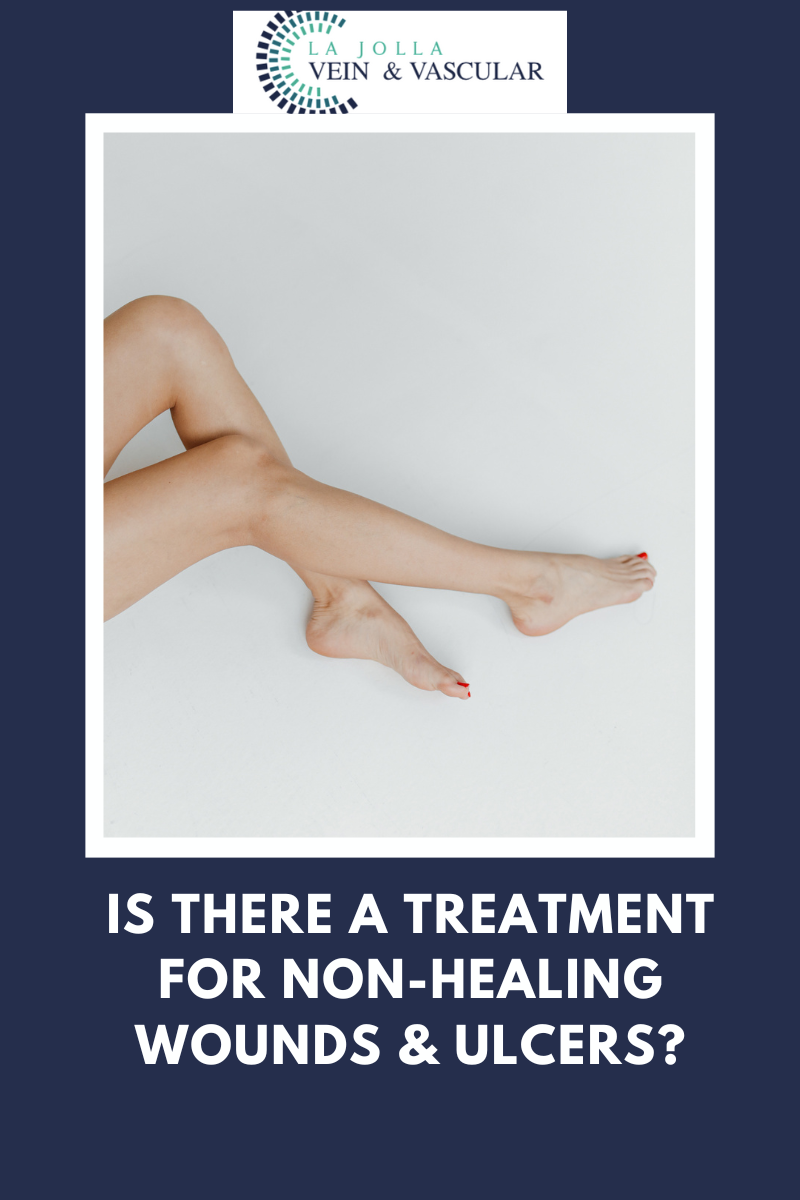Is there a treatment for Non-Healing Wounds & Ulcers?
LJVascular2022-08-18T15:54:05-07:00Treatment of Non-Healing Wounds & Ulcers
As we’ve seen, there is a very wide range of causes that may contribute to the formation and persistence of non-healing ulcers and wounds. It follows that the methods or treatment options at the disposal of healthcare professionals will also be varied. Doctors […]












